Can You Get Herpes from Sharing a Vape?
Understanding Herpes Transmission
To fully understand the risks associated with sharing a vape and the potential transmission of herpes, it is important to have a clear understanding of how the herpes virus is transmitted. Herpes simplex virus (HSV) is primarily transmitted through direct contact with infected bodily fluids, such as saliva or genital secretions. It can be passed from person to person through various means, including sexual contact, kissing, or sharing personal items.
While the herpes virus is commonly associated with sexual transmission, it is important to note that it can also be spread through non-sexual contact. This means that sharing a vape, which involves close contact with the mouthpiece and potential exposure to saliva, can pose a risk for transmission if one of the individuals involved has an active herpes outbreak.
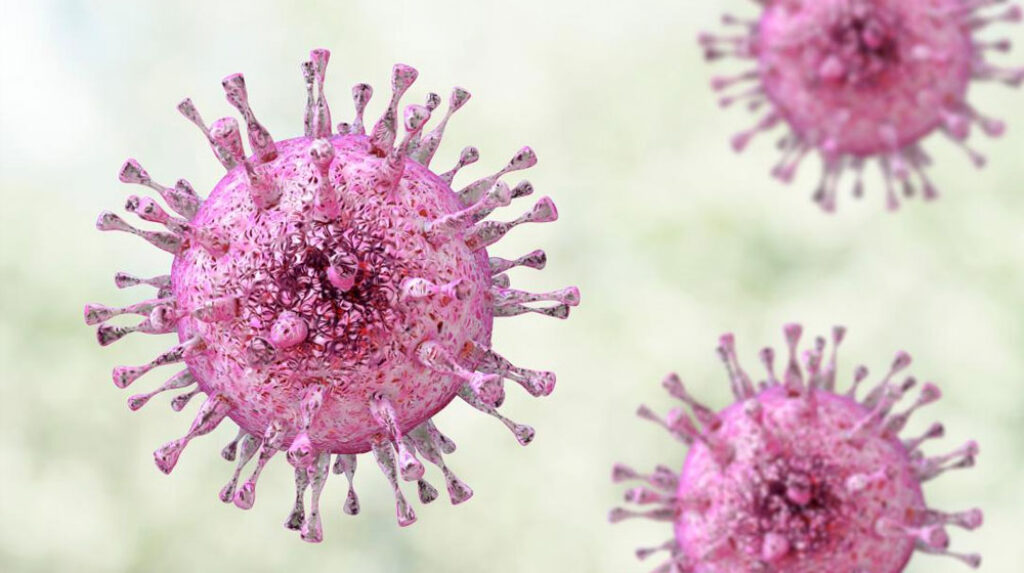
HSV-1, the virus responsible for oral herpes, is highly contagious and can be easily transmitted through oral contact with an active cold sore or blister. HSV-2, the virus responsible for genital herpes, is primarily transmitted through sexual contact but can also be spread through oral-genital contact.
It is important to understand that the herpes virus can be present in the body even without visible symptoms. This means that individuals may unknowingly transmit the virus to others, making it crucial to practice safe hygiene and take necessary precautions to prevent transmission.
By being aware of the potential risks and understanding how the herpes virus is transmitted, individuals can make informed decisions about their health and take necessary precautions to reduce the risk of transmission.
The Risks of Sharing a Vape
Sharing a vape may seem like a harmless activity, but it is important to understand the potential risks involved. When you share a vape with someone, you are not only sharing the device itself, but also the potential pathogens that may be present on it. This includes the possibility of transmitting sexually transmitted diseases (STDs) such as herpes.
Herpes is a common viral infection that can be transmitted through contact with infected bodily fluids. This includes saliva, which may come into contact with the part of the vape that touches your lips or mucous membranes. If the person you are sharing the vape with has an active herpes outbreak, there is a possibility of contracting the virus.
While the risk of contracting herpes through sharing a vape is generally considered to be low, it is still important to take precautions. One way to minimize the risk is by wiping off and cleansing the vape before using it. This can help remove any potential pathogens that may be present on the device.
It is also important to note that good hygiene practices play a crucial role in reducing the risk of transmission. Not everyone follows proper hygiene practices when using a vape, so it is important to be mindful of who you are sharing with. Avoid sharing your vape with someone who has an active herpes outbreak or who does not maintain good hygiene.
By being aware of the risks and taking necessary precautions, you can minimize the potential transmission of herpes or other STDs through sharing a vape. Your health and well-being should always be a top priority, so it is important to make informed decisions and prioritize personal hygiene when it comes to sharing personal items like vapes.
Precautions to Take
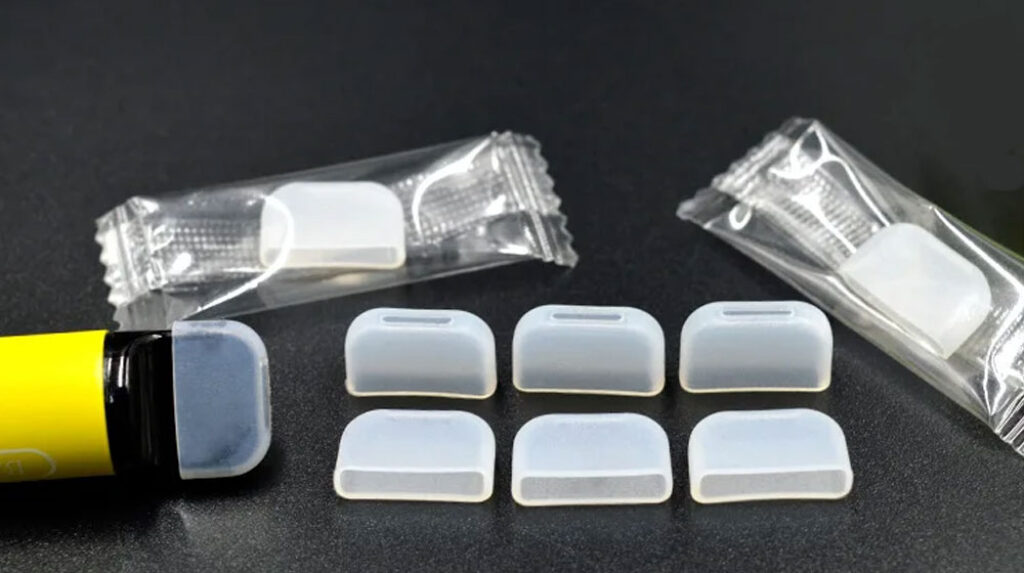
When it comes to sharing a vape, taking precautions can help minimize the potential risks of contracting herpes or other infections. Here are some important steps to consider:
- Avoid sharing: The best way to prevent the transmission of herpes or other infections through vaping is to avoid sharing your vape with others. By keeping your vape to yourself, you can greatly reduce the risk of coming into contact with infected bodily fluids.
- Practice good hygiene: Regularly cleaning and sanitizing your vape can help reduce the risk of bacterial or viral contamination. Make sure to clean the mouthpiece, tank, and any other parts that come into contact with your mouth. Using alcohol wipes or cleaning solutions specifically designed for vaping devices can help ensure a thorough clean.
- Use your own mouthpiece: If you are in a situation where sharing a vape is unavoidable, consider using your own mouthpiece. Disposable mouthpiece covers or personal mouthpieces can provide a barrier between your mouth and the vape, reducing the risk of direct contact with potentially infected surfaces.
- Know your partner’s status: If you are engaging in sexual activities with someone who vapes, it is important to have open and honest conversations about each other’s sexual health. Knowing your partner’s herpes status and taking appropriate precautions, such as using condoms, can help reduce the risk of transmission.
- Be mindful of outbreaks: If you or someone you know has an active herpes outbreak, it is best to refrain from sharing vapes or any other personal items. During an outbreak, the risk of transmission is higher, so it is important to prioritize your health and the health of others by avoiding sharing.
By following these precautions, you can enjoy vaping while minimizing the potential risks of contracting herpes or other infections. Remember, your health and well-being should always be a top priority.
Debunking Myths about Herpes Transmission
When it comes to herpes transmission, there are many myths and misconceptions that can cause unnecessary fear and confusion. It’s important to separate fact from fiction and debunk these myths to ensure accurate information is being shared. Here are some common myths about herpes transmission:
- Myth: You can only get herpes from sexual contact. Fact: While sexual contact is a common mode of transmission for genital herpes (HSV-2), oral herpes (HSV-1) can be contracted through non-sexual activities like sharing utensils, drinks, or even a vape. It’s important to practice good hygiene and avoid sharing personal items to reduce the risk of transmission.
- Myth: You can only get herpes if someone has an active outbreak. Fact: Herpes can be transmitted even when there are no visible symptoms or active outbreaks. The virus can be shed from the skin or mucous membranes even without any visible signs. This is known as asymptomatic shedding and can occur at any time, increasing the risk of transmission.
- Myth: Herpes can be cured. Fact: Unfortunately, there is no cure for herpes. Once infected, the virus remains in the body for life. However, antiviral medications can help manage symptoms, reduce the frequency and duration of outbreaks, and lower the risk of transmission.
- Myth: Herpes is only contagious during an outbreak. Fact: While the risk of transmission is higher during an outbreak when sores or blisters are present, the virus can still be transmitted even when there are no visible symptoms. It’s important to practice safe behaviors and take necessary precautions to reduce the risk of transmission at all times.
- Myth: Herpes is a sign of promiscuity or uncleanliness. Fact: Herpes can affect anyone, regardless of their sexual activity or personal hygiene. It is a common viral infection that can be transmitted through various means. It’s important to avoid stigmatizing individuals with herpes and instead focus on education, prevention, and support.
By debunking these myths and providing accurate information, we can help reduce the stigma surrounding herpes and promote a better understanding of the virus. Remember, knowledge is power, and being well-informed can help protect yourself and others.



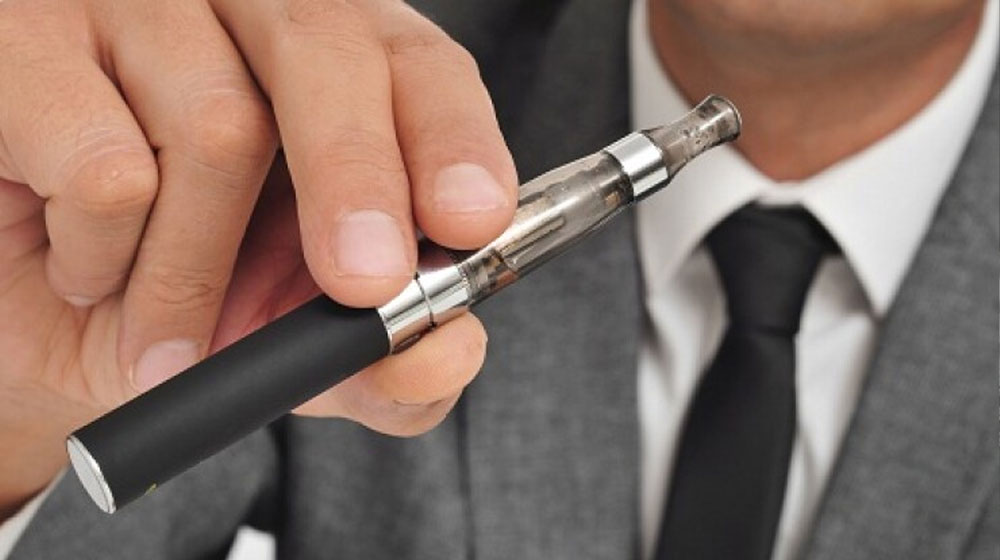
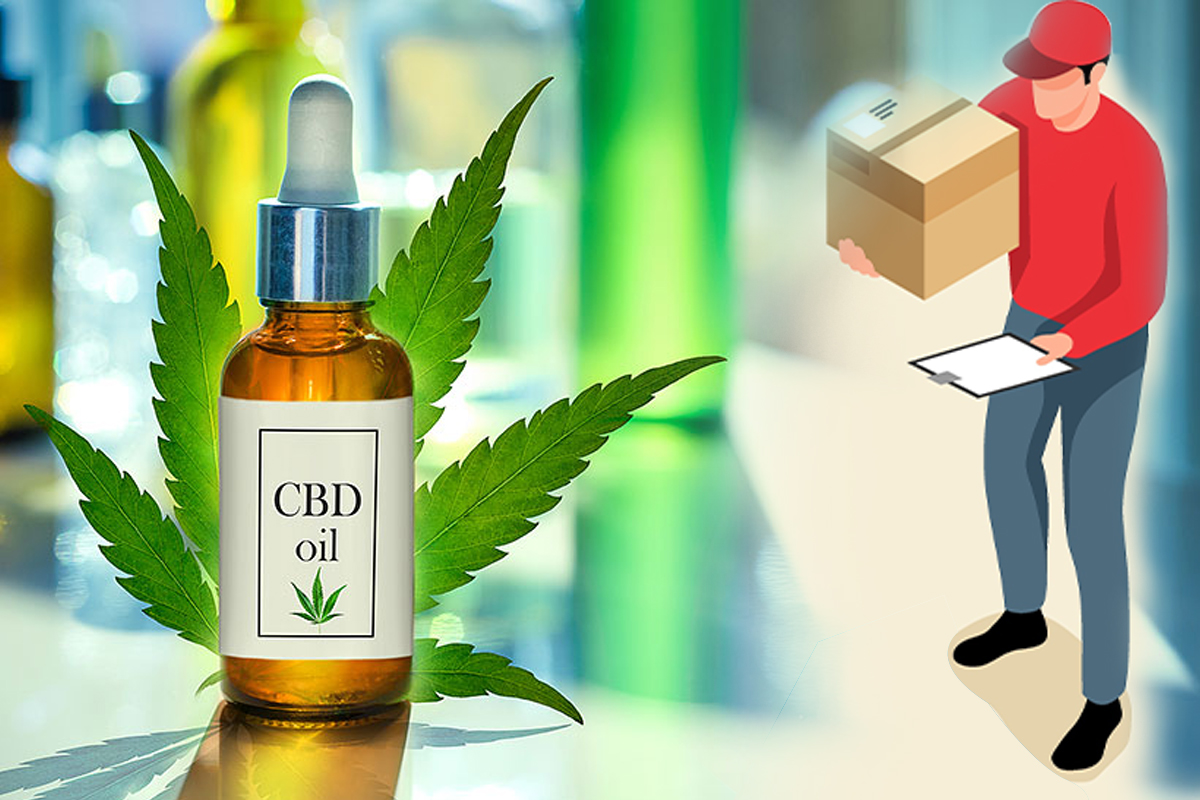


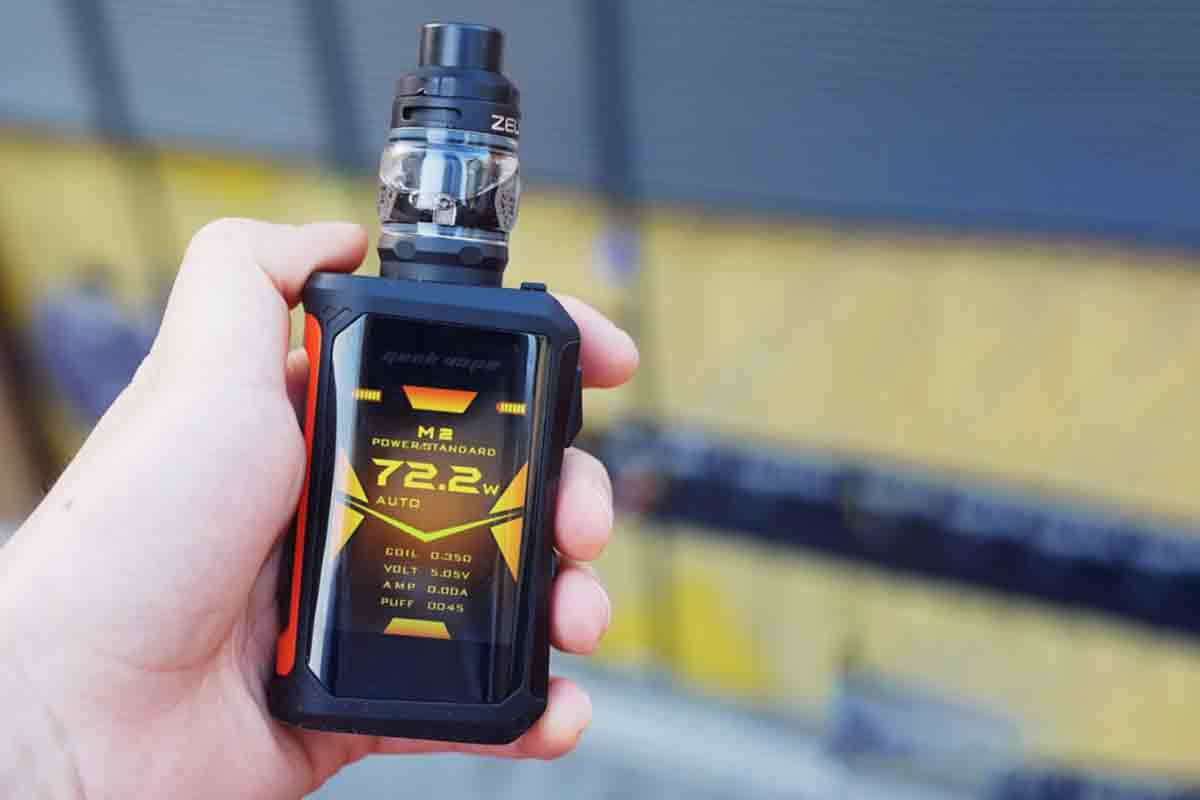

Can I cite this article?